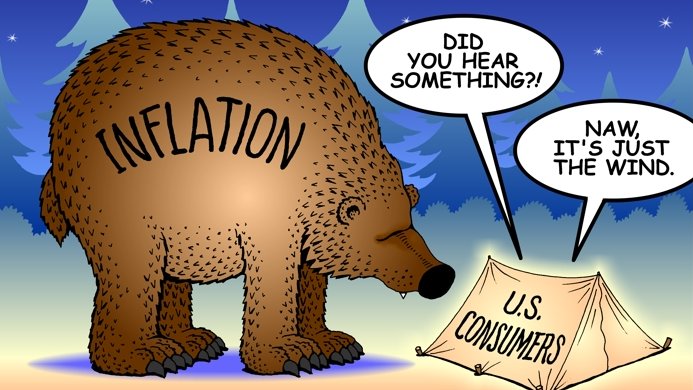Inflation is a measure of the rate of increase of the price of a basket of selected goods and services.
It is typically expressed as a % and serves as an indicator of the change in "purchasing power" (i.e. what your money can buy) of a currency.
While typically discussed on an economy-wide basis, we may see inflation in some areas of the economy (e.g. housing) and deflation (price declines) in others.
In slightly more technical terms, inflation occurs when money supply growth outpaces economic growth.
To illustrate how this works, let's use a simple story.
On this island, they use rare seashells as currency. There are only 1,000 seashells on the island.
The islanders use the seashells to buy food, building materials for their homes, etc. Prices of these goods are stable.
In the aftermath, the islanders see that another 1,000 of the rare seashells have washed up onshore.
There are now 2,000 units of the currency, but the same amount of goods.
What happens next?
Now there is more money chasing the same amount of goods, so sellers of the goods raise their prices. Simple supply and demand.
This is inflation in action.
Savers, who had stored seashells for later use, are punished as each stored seashell has become less valuable in its ability to purchase goods.
Asset Holders rejoice as the value of their assets appreciates.
Inflation incentivizes spending by disincentivizing saving. Central banks believe spending drives growth.
So they seek inflation:
Inflation ➡️ Spending ➡️ Growth
Given the rapid increase in money printing in recent months (primer below), these debates have taken center stage.
It is important for everyone to understand the basics.
I plan to do threads on the basics of monetary policy to build upon this foundation.
That was Inflation 101! I hope you found it useful.





